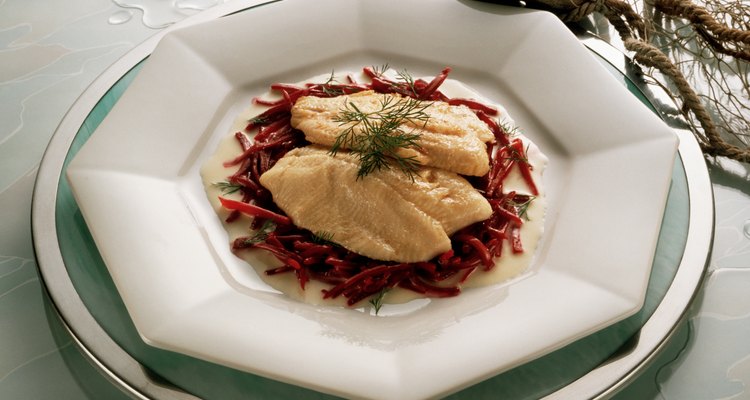
Eising/Photodisc/Getty Images
Trout aren't quite as prolific as warm-water panfish such as bluegills and sunfish, but they're still a popular fish to catch yourself in cold-water lakes and streams across much of the U.S. Unlike those other panfish, they're also widely available at supermarkets and fishmongers and can be enjoyed just as easily by non-anglers. Large fillets are sometimes sold skinless at the supermarket, but -- for those who appreciate it -- the skin on a grilled or pan-seared trout is almost the best part.
A Quick Trout Primer
Trout are salmonids, a group of fish that includes both Atlantic and Pacific salmon as well as Arctic char. Like the other fish in this family their flesh is relatively rich in oil, which means they're among the few fresh-water fish to offer significant quantities of heart-healthy omega-3 fatty acids. Trout also usually -- though not always -- have a rosy pink hue to their flesh like other salmonids. Like their kin, a trout's skin is relatively tender and delicate and is often left on when cooking.
Preparing Your Trout
If you've caught your own panfish-sized trout, they require little preparation other than gutting and cleaning. Although they have scales, they're tiny enough to be unnoticeable when you eat them. Larger trout, whether purchased or wild-caught, have correspondingly larger scales that must be scraped away if you plan to eat the skin. Rinse the trout thoroughly under cold, running water to wash away any clinging scales, then blot them dry with clean paper towels. If you're working with fillets, check them for any bones or stumps of bones that might have been left behind.
Grilling Your Trout
Clean and oil the bars of your grill before you start, to minimize the risk of the trout sticking. Preheat it to moderate heat, roughly 350 to 375 degrees Fahrenheit, before putting your trout on. Small trout can be grilled whole, while fillets or fillet portions are a better choice for larger fish. The flesh is delicate and breaks easily when handled, so use a fish-grilling basket to help keep them intact. Grill for about four or five minutes on each side, depending on the trout's thickness, beginning with the skin side up if you're using fillets. If you like the skin crispy, turn fillets once the flesh has grill marks and let most of the cooking occur on the skin side.
Eating the Skin
If you grill the skin lightly it remains soft and delicate, and it has no appreciable impact on the trout's texture. It does add flavor and moisture, protecting the flesh as the fish grills, and preserving some of the fat -- rich in omega-3s -- that would otherwise be rendered away over the grill. If you grill the skin until it's charred and crisp, that browning adds savory flavor just as it does when you sear a steak. The crisp skin also adds a pleasing textural and visual contrast with the delicate pink flesh, which is why professional chefs often leave it in place.
Related Articles
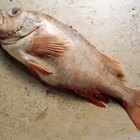
How to Cook Redfish on a Grill

How to Cook a Fresh Perch

How to Clean a Sucker Fish
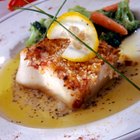
How to Pan Sear Sea Bass
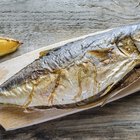
How to Cook Yellowtail

How to Cook Trigger Fish
How to Cook Bone-in Tilapia
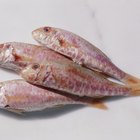
How to Clean Mullet
How to Cook a Turbot in the Oven

How to Fillet a Goliath Grouper
How to Cook Sturgeon on the Grill
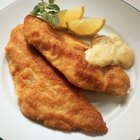
How to Fry Fish in Butter

How to Cook Flathead

How to Cook Sauteed Perch Fillets

How to Cook Saba Fish

How to Make Sardines and Mackerel

How to Cook Mackerel in an Oven

How to Cook Fresh Brook Trout

How to Cook Bream Fish
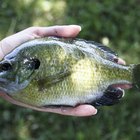
How to Cook Bluegill Fish
References
Writer Bio
Fred Decker is a trained chef and prolific freelance writer. In previous careers, he sold insurance and mutual funds, and was a longtime retailer. He was educated at Memorial University of Newfoundland and the Northern Alberta Institute of Technology. His articles have appeared on numerous home and garden sites including GoneOutdoors, TheNest and eHow.
Photo Credits
Eising/Photodisc/Getty Images